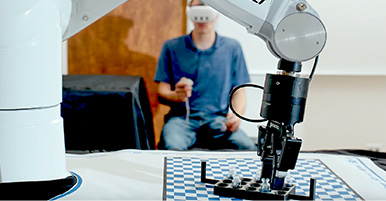Citation
DeBarger, A. H., Penuel, W., Harris, C., Schank, P. (2010). Teaching routines to enhance collaboration using classroom network technology. In F. Pozzi & D. Persico (Eds.), Techniques for fostering collaboration in online learning communities: Theoretical and practical perspectives (pp. 224-244). Hershey, PA. IGI Global: doi: 10.4018/978-1-61692-898-8.
Abstract
This chapter presents an argument for the use of teaching routines (pedagogical patterns) to engage students in collaborative learning activities using the Group Scribbles classroom network technology. Teaching routines are a resource for structuring student opportunities to learn within lessons. They address known challenges associated with making the most of classroom network technology by scaffolding teacher enactment, enabling contingent teaching, and providing an anchor for expanding practice. In this chapter, the authors articulate the theoretical and empirical basis for using teaching routines to support diagnostic interactive formative assessment of student learning. The authors describe the goals and features of routines, types of collaboration instantiated in the routines, technological aspects of Group Scribbles, teachers’ perceived utility of the routines, and anticipated implementation challenges of the routines within lessons designed for middle school Earth science.


